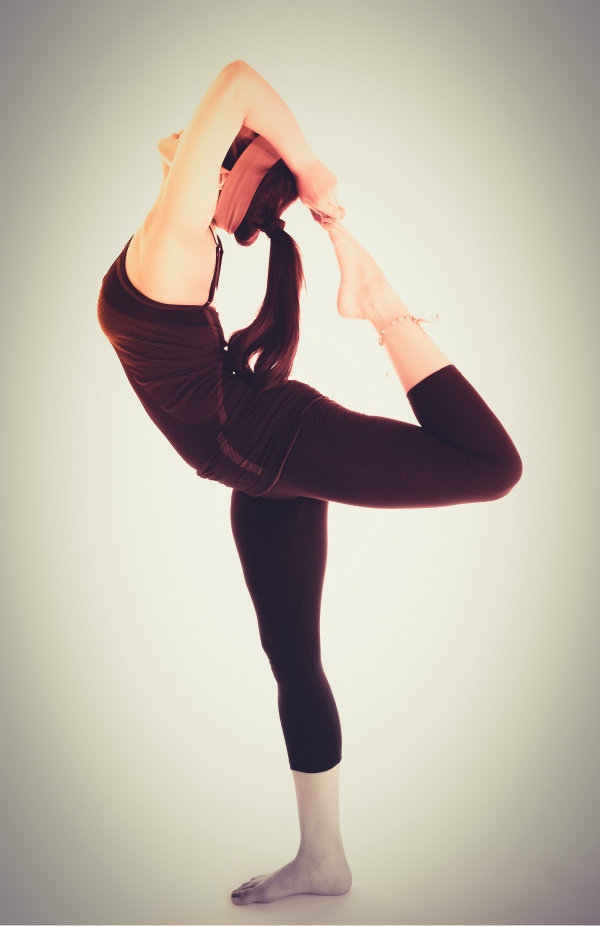Indoor Ergonomics: Staying in Good Form While Indoors
Here at Slidell Memorial we’ve realized a couple things—the first is that health comes from the inside out, and that an ounce of preventative strategy is worth a pound of post-injury care, like those offered in our heart center.
To help keep our clients healthy—from the inside out—we focus on a number of preventative strategies, from smoking cessation to nutrition. Today we’d like to talk about indoor ergonomics, both its value and strategy…
The Value of Indoor Ergonomics
Let’s face it—the majority of us spend the majority of our lives indoors. Whether it’s work, relaxation or digital device time—technology has encouraged poor body positioning. The results of poor ergonomics are pain, weakness, joint stiffness and injury, loss of range of motion, carpal tunnel syndrome—visits to the heart center—and more.
To help keep yourself in tip-top shape while indoors—and out of our heart center… use these following 7 tips:
1. Ergonomic Furniture
Since we spend most of our ‘indoor time’ sitting down… or horizontal… pay close attention to your furniture. Your couch might be comfy for lounging but it could be wreaking havoc on your back and overall alignment. Other important elements in terms of ergonomic furniture include your home office or computer setup, lounge chairs and any other piece of furniture you spend long stretches of time on. Speaking of long stretches of time, opt for a mattress and pillow that support your spine.
2. Office
Not many of us have much control over our office setup, but if your office desk and computer setup are putting noticeable strain on your body mention that to your employer… they likely have HR staff that would prefer to keep their workers in tip-top shape.
3. Proper Lighting
Lighting is the long-lost cousin of indoor ergonomics, but poor lighting causes eye strain. Combine that with the eye-related stress of backlit devices (like computers, smartphones and tablets) and you’ve got a recipe for injury-inducing eye strain.
4. Ergonomic Keyboard
Ergonomic keyboards have been well marketed for those spending endless hours at work on their computer… but what about other device time? Think about the last 2-hour YouTube session you had, or how many times you pick up your smartphone in a day, and you’ll realize why ergonomic-friendly keyboards are important for all your devices.
5. Hands-Free
Speaking of smartphones—the common ear-to-shoulder position we often find ourselves in also wreaks havoc on the spine and alignment. Cure the ills related to long and consistent phone conversations by going hands free, with either a headset or a Bluetooth hands-free system.
6. Body Positioning
It can be difficult (and often almost impossible) to design an entirely ergonomic indoor environment. For this reason keep your body position in mind during long-term and repetitive activities. Keep regularly-used objects in reach (without twisting or stretching), keep your wrists in natural alignment (not inclined or otherwise maligned), adjust your chairs and/or furniture and/or foot rests so your feet are flat on the floor, and sit up straight and/or have proper lumbar support.

7. Stretching and Moving
One of the biggest causes of body strain and repetitive strain concerns is spending too long in one position. Sedentary lifestyles are also one of the leading causes of visits to our heart center and other services. Whether you’re totally stationary or repeating the same task, consistently poor positioning is hard on your body. If you must stay in one position for a prolonged period of time, take short breaks (even as short as a minute) to stretch and move. Stretching your muscles will help increase your mobility and range of motion, and help prevent repetitive injuries. In addition to stretching, performing small muscle tasks—like tapping your toes quickly, a short walk, wall sits or stair climb—throughout the day can help keep your body from succumbing to sedentary injury.
There truly is no offense like a good defense. Understanding your environment and your movements is vital to avoiding injury, keeping yourself in good health and staying away from the hypertension that causes visits to our heart center.
Indoor ergonomics is part of any sustained- or return-to-health program, and we want to help. Here at Slidell Memorial we prefer to focus on health care—not sick care. Stay tuned to our blog for more health-oriented tips… that can keep you out of cancer centers, heart centers and cardiology services.
